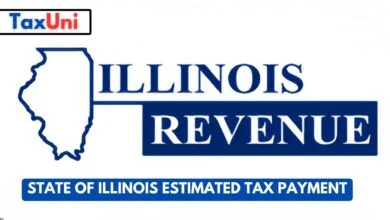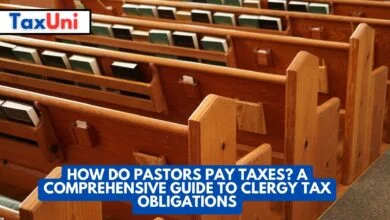Form 1098
Form 1098 is a tax form used for various purposes, and this article covers every detail for taxpayers.

Lenders, including banks and other financial institutions, must file Form 1098 to report mortgage interest payments. This is an important form for borrowers who want to take the full deduction allowed for mortgage interest on their federal income tax returns. This form is also used to report payment of points and mortgage insurance premiums. In this case, the lender is required to send a copy of the form to the recipient.
You must file Form 1098 if you are an individual, partnership, corporation, estate, association, or company (other than a sole proprietor) and received $600 or more of interest during the year from a person. In some cases, you do not need to file 1098. For example, if you are an agent or middleman who collects interest on behalf of a person and then remits it to that person, you do not need to report the interest.
If you are a financial institution and receive more than one mortgage interest reimbursement during the year, you must file separate Forms 1098 for each transaction. In order to help you keep track of the various transactions, the IRS provides a unique account number for each filer/borrower.
You must also file this form if you are a cooperative housing corporation and receive more than $600 of interest from an individual tenant-stockholder during the year. The TIN of the individual tenant-stockholder must appear on the form. In some cases, if you permit a subsequent purchaser of the property to assume the loan without releasing the first purchaser from personal liability, the subsequent purchaser’s TIN must also be reported on the form.

How to Fill Out Form 1098?
You should receive Form 1098 in January or February and check your mail for it by February 1. It’s important to read this form carefully because some of its information may be relevant to a tax deduction or credit when you file your federal income taxes.
For example, the form may show that you can deduct mortgage points from your mortgage payments if you meet the guidelines. It also may report information about the homeowner assistance payments you received through a state Housing Finance Agency.
- On the right-hand side of Form 1098, your taxpayer identification number (TIN) is printed. If you have a full SSN, it is generally printed on the left-hand side. The IRS encourages you to keep the TIN on all your forms because it helps verify your identity and prevent identity theft.
- The information on the form includes your name, address, TIN, and any other relevant information the IRS requires for your situation. The form is usually sent to you in three copies. The copy given to the IRS will be called “Copy A.” You may receive a second copy, which you can use to verify your data with the IRS, and a third copy, which is your own.
- Interest from a mortgage is reported in Box 1, and you must include the full amount of interest received from the borrower during the year. The interest should be reported in this box if you originated or acquired the loan during the calendar year or if it was paid to you by the lender on behalf of the borrower.
- Reimbursements of overpaid mortgage interest are reported in Box 4 if you reimbursed the borrower for any amount in excess of $600. However, if you reimbursed the borrower for less than $600, you are not required to report that reimbursement on Form 1098.
- Real estate taxes are usually reported in Box 4 but might also be reported at Box 5. This is because these kinds of deductions are typically reserved for specific types of property.
You might have to file a separate form for each type of interest or refund you receive, and the IRS recommends that you designate an account number for each account for which you are filing more than one Form 1098. If you do not, the IRS may deny your claims.





